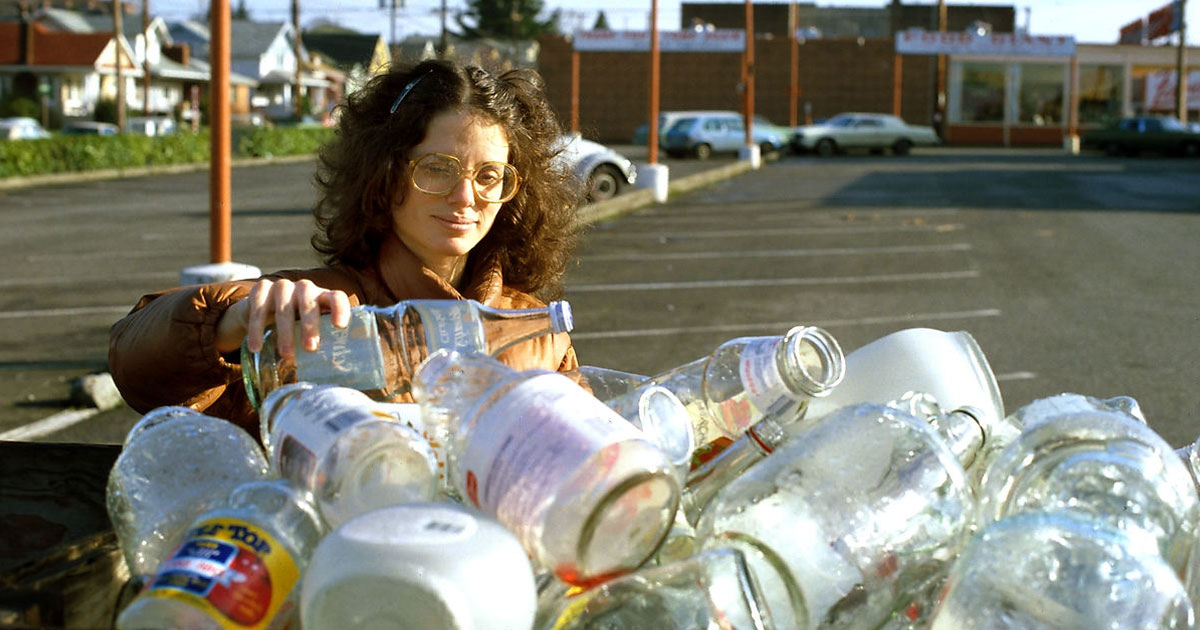History of recycling glass
05 Oct 2023

Today glass is a very common item of kitchenware, which it has been for centuries. Today it has found many more uses.
Glass is a material known for its transparency, durability, and versatility – and these qualities make it a very useful thing.
Abundant as it might be today, this was not always the case in the past. It’s not just the use, but the technology of making glass has changed over the centuries. Let’s look at its past.
Mesopotamian, Egyptian and Roman glass
It has been confirmed for many years that the origins of glassmaking can be traced back at least 3,600 years ago to Mesopotamia. Now, however, there are some theories suggesting that the early makers of glass objects were ancient Egyptians.
Archaeological finds indicate that genuine glass might have been first crafted in the coastal regions of northern Syria, Mesopotamia, and Egypt. Glass was then produced by heating a mixture of silica (from sand), soda, and lime in a furnace.
Glass stands out as one of the rare materials capable of lasting for centuries without any deterioration, unlike materials like iron or copper. But glass breaks. No problem. It can be recycled to produce fresh glass.
Glass is recycled by melting glass pieces and then molding the molten glass new forms.
Glass recycling has been in practice since the ancient times. Some archaeological findings suggests that early Egyptians were among the first people to adopt the method of glass recycling. They melted down discarded glass items to forge fresh glassware.
Later on, the Romans also began to recycle glass. They melted shattered glass vessels and fashioned the molten glass into new objects. They collected broken glass fragments, or ‘cullet’, and melted it to create new glass objects. This practice not only saved resources but also reduced the demand for new raw materials.
Medieval Ages and Industrial Revolution
Glass recycling continued in the Medieval Ages, but it was not as widespread as it had been in Roman times. However, there is evidence that glass recycling was practised in some parts of Europe, such as Venice, in Italy.
Venice saw a rise in the number of artisans who honed their skills in glassmaking and recycling. This made Venice a central hub for glass recycling.
The Industrial Revolution brought significant changes to glass production. Machines were now used for glassmaking, and factories began to produce glass items on a larger scale.
As a result, the need for recycling grew as waste glass accumulated. The older methods of recycling were slow and crude and, hence, not sufficient. To tackle this issue, innovative and more efficient recycling techniques were introduced.
The 19th century saw recycling on a large scale. And as recycling expanded, so did the demand for used glass.
The early 1900s saw the emergence of the bottle deposit system in America. A system evolved where consumers paid a small deposit when purchasing bottles of beverages and received a refund when they returned the empty bottles. This incentivized and facilitated the return and recycling of glass bottles.
With greater urbanization, more glass recycling facilities cropped up. They used innovative sorting and processing techniques to efficiently separate glass from other waste materials.
One such technique is the mechanical sorter, which separates glass from other materials.
In the 1970s and 1980s, many municipalities in the United States and other countries began to implement curbside glass recycling programs. These programs helped to increase the recycling rate significantly.
Today, glass recycling is more common than ever before. In the United States, the glass recycling rate has increased from just 10% in 1980 to over 30% today. This is due to a number of factors, including curbside recycling programs, public awareness campaigns, and government incentives.



















